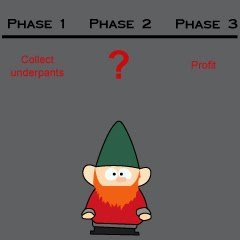
arrrgh!
I wrote an earlier response to this, and made a rather serious error. Now I find that I can't edit it this morning, so I'll re-write, and hopefully correct it, here:
At the end of the ten year period, after I know what the stock market did during the first 10 years, I can take out some money.
Because my CD has grown back to the original $100,000, I can spend my entire stock portfolio.
Suppose my original split was $27,000 in stocks and $73,000 to the CD. If my stocks doubled, I can spend the whole $54,000. If they don't go anywhere, I can still spend $27,000. And they may do great and triple and I'll be able to spend $81,000.
But ... I don't know what the market is going to do. I can't really anticipate any amount that I can withdraw at the beginning. I could do something like 1/10 the balance after one year, 1/9 the balance after two, etc. This would provide income, but I wouldn't call it "rock solid".
OTOH, if we can get $458/mo in an SPIA, that would be a stable predictable income. We would get almost $55,000 in the first 10 years.
Of course, if we both die in the tenth year, the SPIA has no residual value, while the CD/stock AA will have $100,000 (assuming I spend the stocks along the way).

 arrrgh!
arrrgh!